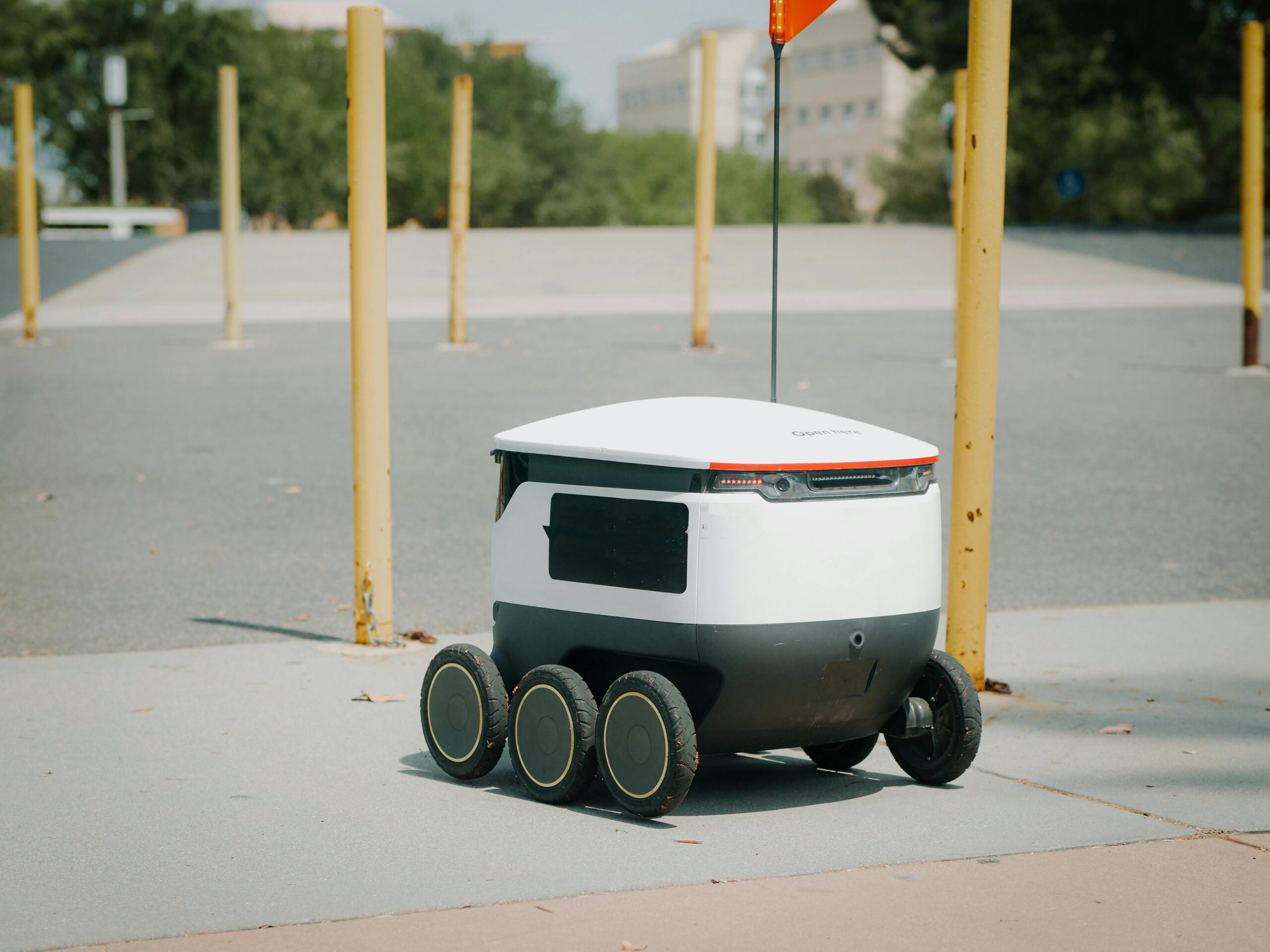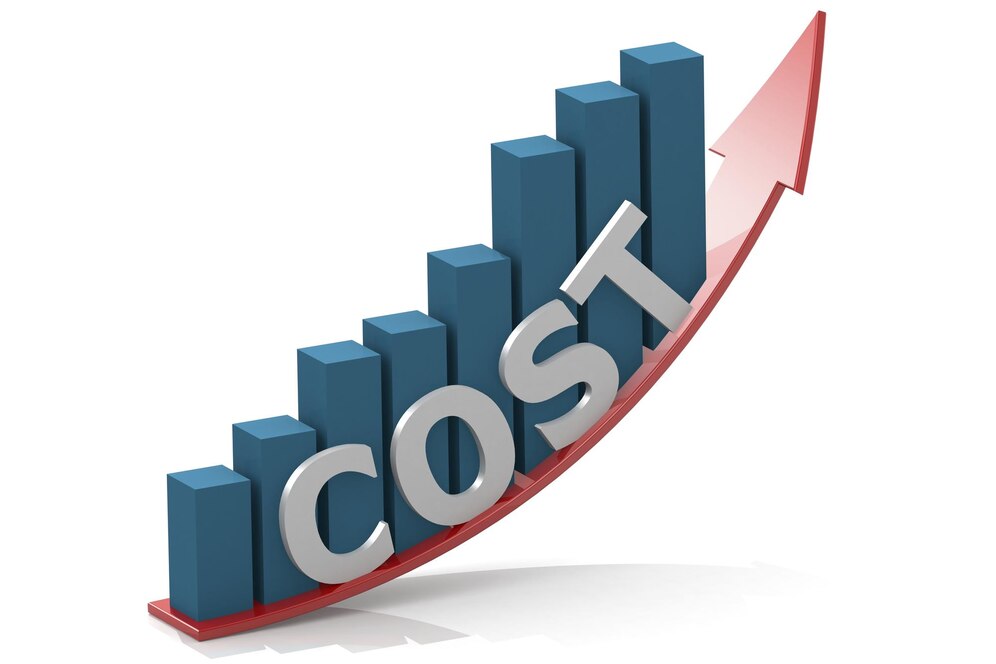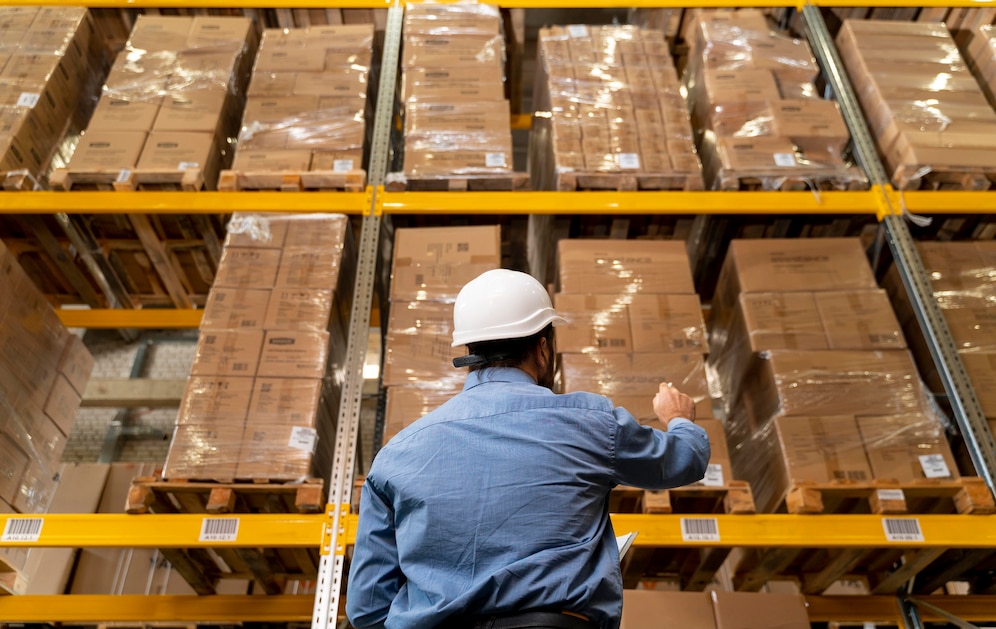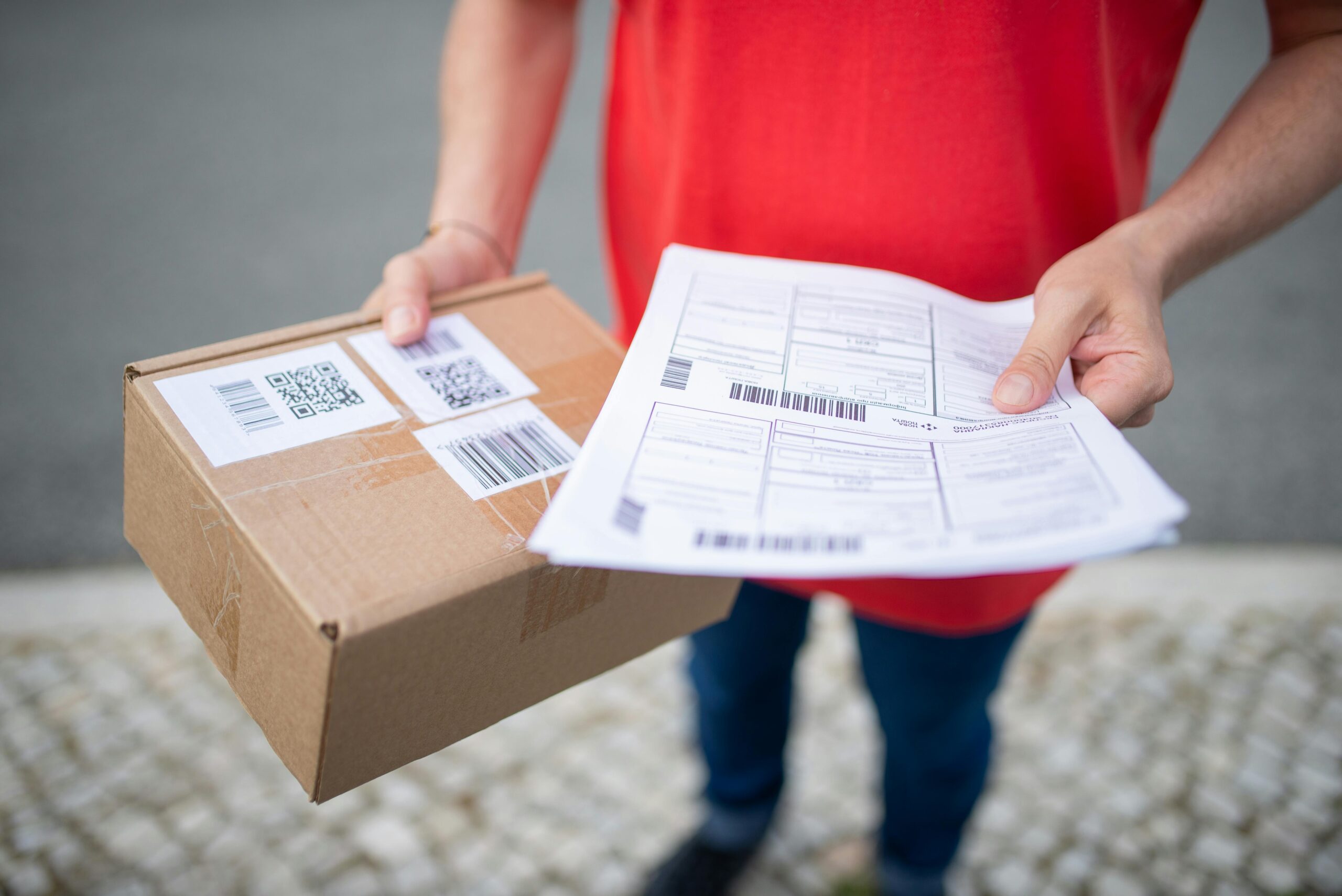The e-commerce sector has changed consumer expectations so that same-day and express delivery services have become must-haves instead of luxury benefits. However, the desire for rapid shipping has only grown in the age of instant gratification and with the logistics standards set by Amazon and other major companies.
Same-day and express Delivery in E-commerce: The Future of Same-day and Express Delivery. We’ll unpack the most recent trends, tech innovations, and challenges businesses must navigate as they chase rapid fulfilment solutions. Whether you’re an online retailer looking to enhance your logistics strategy or a consumer curious about what’s next, this guide will provide valuable insights into same-day delivery for online stores and instant shipping trends.
The Growing Demand for Same-Day and Express Delivery
Changing Consumer Expectations
Online shoppers today expect speed and convenience. A survey by Statista found that over 50% of global consumers are more likely to purchase from retailers that offer same-day delivery for online stores. The rapid growth of e-commerce platforms and mobile shopping has only amplified this demand, with customers expecting their orders to arrive as quickly as possible.
Key factors driving the need for faster shipping include:
- The rise of instant shopping experiences through mobile apps, social commerce, and one-click purchases.
- Increased competition among online retailers, making fast fulfilment a key differentiator.
- Consumers are willing to pay a premium for express delivery options.
- The influence of significant marketplaces like Amazon Prime’s one-day and same-day shipping guarantees.
- The demand for perishable and urgent goods, such as groceries and pharmaceuticals, drives the need for ultra-fast logistics solutions.
The Impact on Retailers
For e-commerce businesses, providing fast delivery is no longer optional—it’s a necessity. Companies that fail to offer competitive shipping speeds risk losing customers to faster competitors. However, implementing instant shipping trends comes with logistical and financial challenges, requiring retailers to invest in innovative supply chain solutions.
Retailers must address:
- Inventory placement: Strategically locating stock near high-demand areas to reduce transit time.
- Efficient warehouse management: Implementing automation and predictive analytics to speed up order fulfilment.
- Reliable courier partnerships: Choosing logistics partners that align with their express delivery goals.
- Cost considerations: Balancing the high operational costs of same-day delivery with profitability.
Key Trends Shaping the Future of Express Delivery

1. Micro-fulfilment centres (MFCs)
Micro-fulfilment centres are small, automated warehouses strategically located in urban areas to fulfil orders quickly. Unlike traditional warehouses, which are often located far from major cities, MFCs allow retailers to dispatch orders within hours rather than days.
Benefits of MFCs:
- Faster last-mile delivery: Reduces shipping times by placing inventory closer to customers.
- Lower logistics costs: Cuts down transportation expenses by minimising long-distance shipping.
- Greater scalability: E-commerce stores can expand without needing large distribution hubs.
- Reduced reliance on third-party logistics providers: Businesses can operate their streamlined fulfilment centres.
2. AI and Machine Learning in Logistics
Artificial intelligence (AI) and machine learning (ML) are revolutionising logistics by optimising routes, predicting demand, and automating order processing. Companies like UPS and DHL use AI-driven route optimisation to improve delivery efficiency and fast fulfilment solutions.
AI-powered enhancements include:
- Predictive analytics: Anticipates demand fluctuations, ensuring efficient stock management and warehouse allocation.
- Dynamic route planning: AI identifies the quickest delivery routes in real-time, reducing delays.
- Automated fulfilment: Reduces human intervention, improving efficiency in sorting, packing, and shipping.
- Chatbots and virtual assistants: Enhances customer experience by providing real-time tracking and issue resolution.
3. Drone and Autonomous Vehicle Deliveries
Using drones and autonomous vehicles for deliveries is no longer a futuristic concept—it’s becoming a reality. Companies like FedEx, Amazon, and Alphabet’s Wing are testing drone deliveries for lightweight parcels while self-driving delivery robots are gaining traction in urban areas.
Advantages:
- Faster deliveries: Drones bypass traffic congestion, ensuring swift transportation of small packages.
- Cost-effective operations: Reduces reliance on human couriers and lowers operational expenses.
- An eco-friendly solution: Lowers carbon emissions compared to traditional delivery vehicles.
- Expanded reach: Enables deliveries to remote or difficult-to-access locations.
4. Sustainable and Green Shipping Solutions
With sustainability becoming a priority, e-commerce brands are adopting eco-friendly delivery solutions. Consumers are increasingly choosing retailers that offer green shipping options, pushing companies to innovate.
Sustainable trends in express delivery:
- Electric delivery vans: Companies like Amazon and DHL are investing in EV fleets for environmentally friendly shipping.
- Bicycle couriers: A viable solution for hyperlocal deliveries in urban centres, reducing traffic congestion and emissions.
- Carbon-neutral shipping: Some brands offer carbon offset programmes to balance emissions and promote greener logistics.
- Recyclable and biodegradable packaging: Minimising waste while maintaining package security.
5. Crowdsourced and Gig Economy Deliveries
The gig economy has reshaped logistics by introducing flexible, crowdsourced delivery models. Companies like Uber Eats and Postmates have proven that on-demand delivery networks can be scaled efficiently to meet demand for instant shipping trends.
Benefits:
- Increased flexibility: Retailers can scale delivery operations without hiring full-time couriers.
- Reduced operational costs: Utilising independent contractors minimises payroll expenses.
- Faster fulfilment solutions: Gig workers can deliver packages within hours, meeting consumer expectations for rapid service.
- 24/7 availability: Enables round-the-clock delivery, particularly for food, groceries, and urgent items.
Challenges and Considerations for E-Commerce Retailers

1. High Operational Costs
Offering same-day delivery for online stores requires significant logistics, warehousing, and technology investments. Businesses must balance competitive shipping speeds with profitability, often passing some costs onto consumers through subscription-based models or premium shipping fees.
2. Last-Mile Delivery Complexities
Last-mile delivery remains the most challenging and expensive part of the shipping process. Traffic congestion failed deliveries, and inefficient routing impact costs and delivery speed.
3. Supply Chain Disruptions
Unpredictable supply chain disruptions, such as those caused by global pandemics or natural disasters, can significantly impact express delivery services. E-commerce brands must develop contingency plans to ensure seamless operations, including multiple supplier partnerships and alternative transportation methods.
4. Customer Expectations vs. Feasibility
While customers expect ultra-fast shipping, it may not always be feasible for small and mid-sized retailers. Finding the right balance between speed, cost, and reliability is key to sustaining customer satisfaction while maintaining business profitability.
The Future of Express Delivery: What’s Next?

The next decade will bring even more advancements in same-day delivery for online stores, making logistics faster, more innovative, and more sustainable.
Predictions for the Future:
- Increased automation: Warehouses and delivery hubs will rely more on robotics and AI-driven processes.
- Hyperlocal distribution: More businesses will adopt localised fulfilment strategies to shorten delivery times.
- AI-powered personalisation: Smart delivery systems will optimise shipping times based on individual customer preferences.
- Blockchain in logistics: Enhanced transparency and security in tracking shipments from warehouse to doorstep.
- Regulatory changes: Governments will introduce policies to govern drone and autonomous deliveries, ensuring safety and efficiency.
Rapid Evolvement of Same-Day Delivery
The direction of same-day and express delivery in e-commerce is evolving rapidly. New technologies are transforming how goods get to consumers. The companies that will survive and thrive in this market are the ones that can adapt.
So, are you ready to improve your e-commerce delivery strategy? Equip your business today with the latest fast fulfilment solutions and cater to your customers’ needs for speed and convenience!


